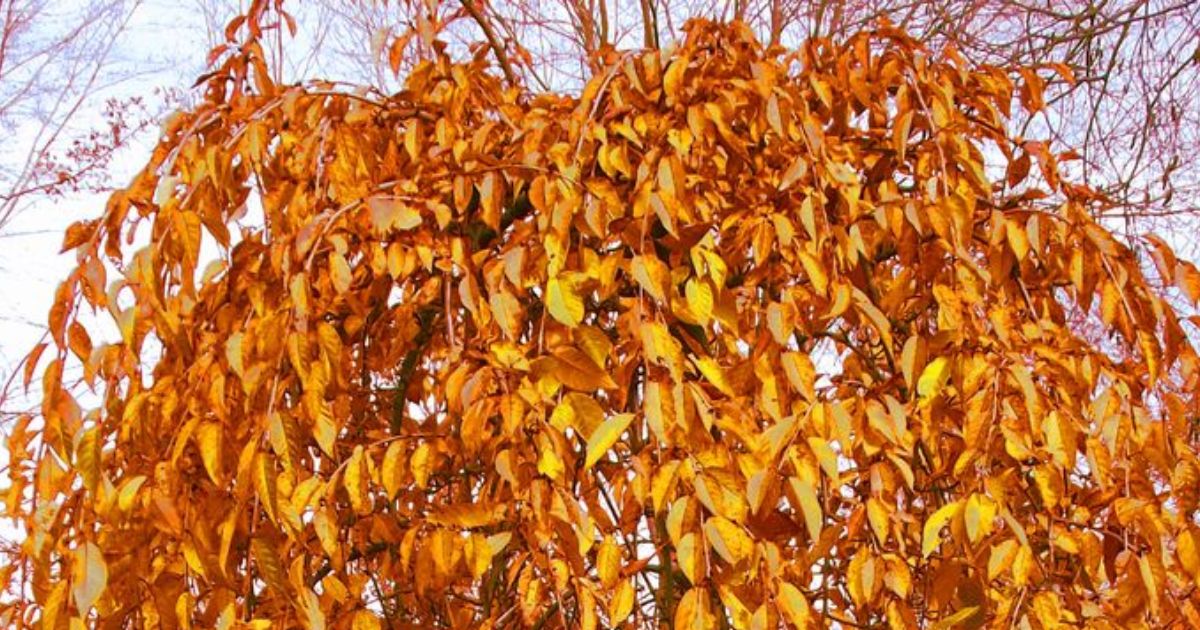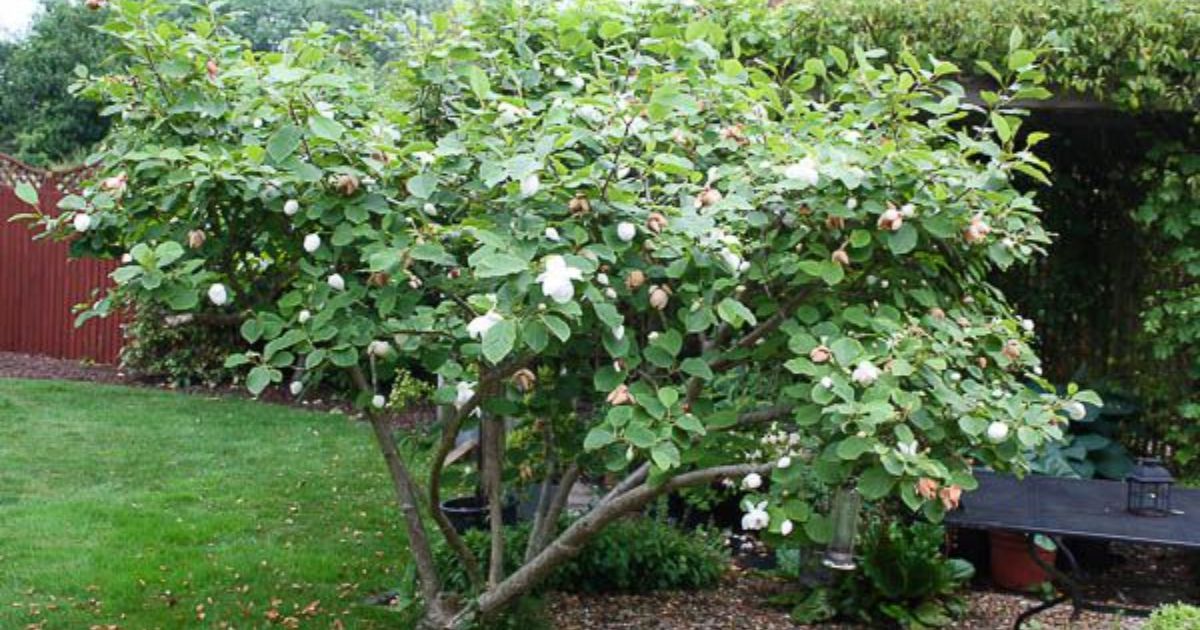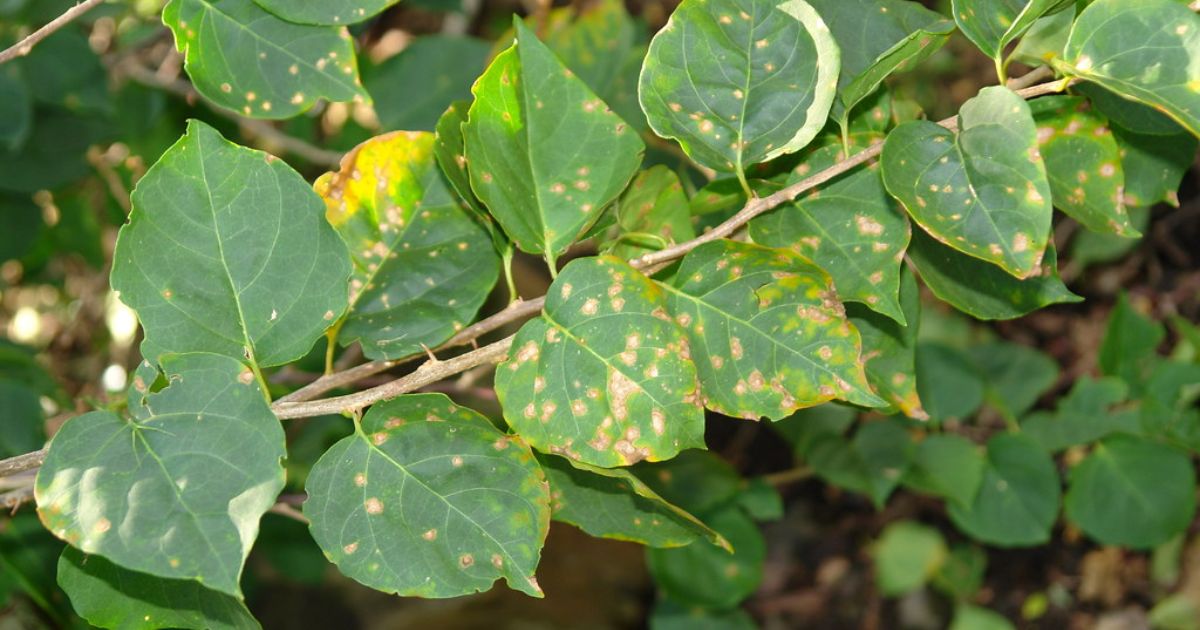Acer trees, commonly known as maples, captivate gardeners with their stunning foliage, elegant forms, and vibrant seasonal colours. Whether you choose a Japanese maple (Acer palmatum) or another variety like the Norway maple (Acer platanoides), these trees bring grace and beauty to any landscape. Gardeners prize them for their delicate leaves that shift from lush greens in summer to fiery reds, oranges, and yellows in fall. However, Acer trees demand specific care to thrive. In this comprehensive guide, I explore the best practices for nurturing your Acer tree, drawing from expert advice to ensure it flourishes for years.
You might wonder why caring for an acer tree require such attention. These trees originate from temperate regions, often forests with rich, moist soil and dappled light. They adapt well to gardens but falter without proper conditions. Follow these steps, and you transform your yard into a serene haven. Let’s dive in.
Choosing the Right Acer Variety
Select an Acer variety that suits your climate and space. Japanese maples, for instance, thrive in USDA zones 5-8, preferring cooler summers and protection from harsh winds. Consider the tree’s mature size. Dwarf: varieties like ‘Bloodgood’ reach only 15-20 feet, while larger ones, such as sugar maples, soar to 60 feet. Assess your garden’s soil type; Acers favour A pH of 5.5 to 6.5, well-drained soil that is relatively acidic. Visit a reputable nursery and inspect the tree’s health to ensure it is in good condition. Look for vibrant leaves without spots or wilting, and check the roots; they should fill the pot without circling excessively. Avoid trees with damaged bark or signs of pests. If you live in a hot climate, opt for heat-tolerant cultivars like ‘Emperor I’, which resists leaf scorch better than others. By making informed choices, you lay the groundwork for success.
Research local varieties. In the UK, Acer pseudoplatanus adapts to various soil types; however, for ornamental appeal, it is best to opt for Japanese types. Factor in your garden’s aesthetics, How to Prune a Hydrangea in Spring for Healthy Growth red-leaved varieties add drama, while green ones provide subtle elegance. Always buy from certified sources to avoid diseased stock.
Selecting the Perfect Location
Position your Acer tree in a location that receives morning sun and afternoon shade. Full sun scorches leaves, especially in warmer zones, leading to brown edges and reduced vigour. Dappled shade mimics their natural woodland habitat, promoting healthy growth. Shelter it from strong winds, which dry out foliage and cause breakage.Test the site’s drainage capabilities. After digging a hole 12 inches deep, time how long it takes for water to run out. If it takes more than an hour to improve the soil, add organic materials like compost. Percolation. Avoid low-lying areas prone to waterlogging, as root rot often plagues over-wet Acer trees. Plant near structures or larger trees for wind protection, but ensure there is sufficient space for the roots to spread, typically 10-15 feet from the foundation.
Consider microclimates in your yard. South-facing spots heat up quickly, while north-facing ones stay cooler. For container-grown japanese maple tree acer palmatum, move them seasonally to optimise light exposure. This strategic placement prevents common issues like sunscald and ensures vibrant, long-lasting colours.
Watering Techniques
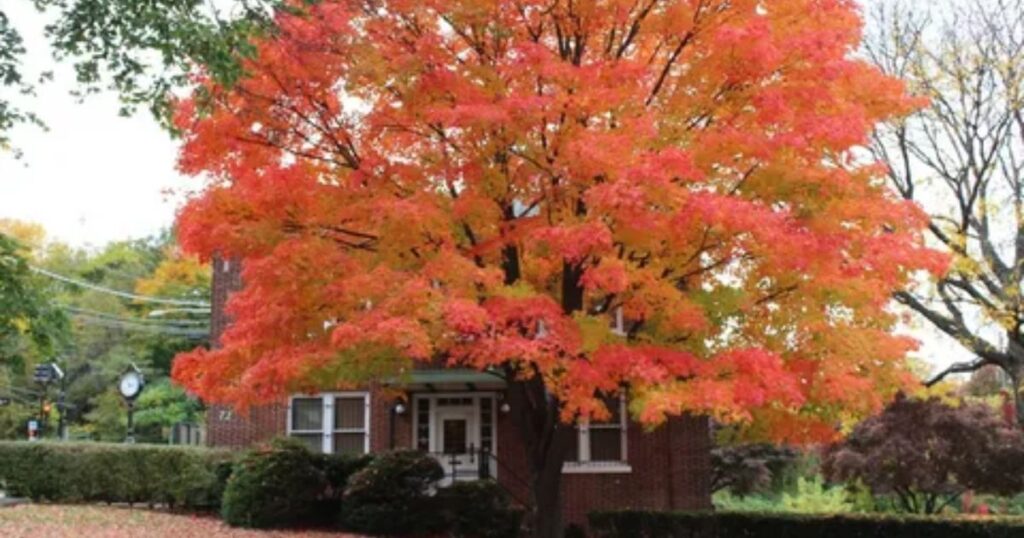
Water your Acer deeply but infrequently, mimicking natural rainfall patterns. Let the top one to two inches of soil dry fully before watering again, which helps prevent root rot. Young trees require more frequent watering, twice a week, during dry spells, while established ones can tolerate some drought.
For uniform moisture distribution, use drip irrigation or a soaker hose. Targeting the root zone. Avoid overhead watering, which promotes fungal diseases. In hot summers, monitor for wilting and increase frequency, but always check soil moisture first.Adjust for seasons: reduce in fall as growth slows, and protect from winter dryness with mulch. Container-grown acers dry out more quickly, so check them daily in hot weather. Consistent watering maintains leaf health and prevents stress-induced issues.
Fertilising for Optimal Growth
Fertilise your Acer sparingly, as overfeeding causes weak growth and leaf burn. Apply a slow-release, acidic fertiliser in early spring, such as one formulated for rhododendrons (10-10-10 with micronutrients). Scatter it evenly under the canopy and water it in well.Test the soil pH annually; if it is above 7.0, add sulfur to acidify it. Organic options, such as compost tea, provide gentle nutrients without the use of chemicals. Avoid fertilising in late summer to prevent tender growth vulnerable to frost.
For potted trees, use half-strength liquid fertiliser monthly during the growing season. This balanced approach enhances colour and vigour without overexertion.
Pruning and Shaping
Prune your Acer in late winter or early spring, before the buds swell, to minimise sap loss. Remove dead, damaged, or crossing branches using sharp, clean tools to prevent the entry of disease. How to Make a Christmas Tree Last Longer Thin the canopy to improve air circulation, focusing on interior branches.
To promote bushier growth, trim back to a bud or lateral branch for shaping. Growth. japanese acer in a pot Avoid heavy pruning; never remove more than 20% of the canopy at once to prevent stress. Laceleaf varieties require a lighter touch, with judicious thinning to maintain their form.Regular pruning enhances structure and health, but over-pruning can lead to dieback. Use bypass pruners for precise cuts.
Protecting from Pests and Diseases
Inspect your Acer regularly for pests such as aphids, scale, and spider mites, which suck sap and weaken the tree. Blast aphids with water or apply insecticidal soap. For scale, scrape off manually or use horticultural oil.Common diseases include verticillium wilt and anthracnose. Improve soil drainage and avoid wounding the tree to prevent wilt. Remove infected leaves for anthracnose and apply a fungicide if the disease is severe.
Encourage beneficial insects, such as ladybugs, Why Fall is the Best Time to Plant Trees by planting companion plants that attract them. Healthy trees resist pests more effectively, so maintaining overall care is crucial.
Best Soil for Japanese Maple in a Container
When growing a Japanese maple in a container, a suitable soil mixture is essential for developing strong, healthy roots. Vibrant foliage and steady growth. These trees prefer well-draining, slightly acidic soil that retains enough moisture without becoming waterlogged. A good mix should be light, airy, and rich in organic matter to mimic their natural forest habitat.The ideal container soil blend consists of one part high-quality potting soil, one part compost or leaf mould, caring for japanese maple tree and one part perlite or pine bark for improved aeration. This combination ensures that excess water drains quickly while keeping the roots moist and oxygenated. Avoid using heavy garden soil or clay-based mixes, as they can compact and suffocate the roots, potentially harming the plant.
Japanese maples thrive best at a pH level between 5.5 and 6.5, which enhances nutrient absorption and supports the growth of bright, colourful leaves. Adding a layer of mulch or fine bark on top helps retain moisture and regulate soil temperature.Lastly, make sure your container has adequate drainage holes, and repot the tree every 2–3 years with fresh soil to prevent root binding and nutrient depletion. With the right soil and care, your pottedjapanese maple tree in pot will remain stunning throughout the year.
Seasonal Care
Adapt care to seasons. In spring, fertilise and prune, watching for new growth. Summer demands vigilant watering and shade cloth to protect against the heat. Fall showcases colours, rake leaves to prevent mould. Winterise with mulch to insulate roots, and wrap trunks in cold climates to deter rodents.Container trees need indoor protection in harsh winters. This cycle ensures year-round vitality.
How to Prune a Japanese Acer (Step-by-Step Guide)

Pruning a Japanese Acer (Japanese Maple) is a crucial part of maintaining its health, shape, and vibrant foliage. However, these trees have a naturally graceful form, so the goal is to enhance their beauty rather than overly control it.
Choose the Right Time to Prune
- The best time to prune a Japanese Acer is during the tree’s dormant season, which is late winter or early spring.
- Avoid pruning in late summer or autumn, Why Fall is the Best Time to Plant Trees as it can lead to sap bleeding and winter damage.
- Light shaping can also be done in midsummer after the new leaves have hardened.
Use Clean, Sharp Tools
Always use sharp, sterilised pruning shears or loppers to make clean cuts. growing conditions for japanese maple This prevents illness from spreading and helps wounds heal more quickly.
Remove Dead or Damaged Wood
Start by cutting off any dead, diseased, or crossing branches. This improves air circulation and encourages healthy new growth.
Thin Out Crowded Branches
Look inside the canopy and remove branches that are growing inward or rubbing against others. This allows more light and air to reach the inner leaves, maintaining the tree’s natural shape.
Shape Gently and Naturally
Follow the tree’s natural flow, and prune lightly to enhance its layered, cascading structure. Avoid cutting back too much at once; remove no more than 20–25% of the foliage per season.
Cut at the Right Spot
Make incisions directly above a branch junction or leaf node to promote outward growth. How to Make a Christmas Tree Last Longer Never leave long stubs or cut too close to the trunk.
Post-Pruning Care
After pruning, water your tree thoroughly and consider covering the base with mulch to protect the roots. Avoid fertilising immediately after pruning; give the tree time to recover.
When to Seek Professional Help
While Acer trees are generally low-maintenance, specific issues may require expert attention to prevent long-term damage or loss of the tree. Here are some situations when calling a professional arborist is the best option:
Severe Disease or Pest Infestation
- If your Acer tree exhibits spreading leaf discolouration, oozing sap, or dieback of branches, it may indicate a severe disease, such as Verticillium wilt or root rot.
- Persistent pest attacks (such as aphids or scale insects) that persist despite natural or store-bought treatments also warrant professional care.
Extensive Pruning or Structural Issues
- Large Acer trees or those with tangled, How to Grow Garlic: Planting, Caring, and Harvesting Tips heavy branches may need precise pruning to prevent breakage or imbalance.
- Professionals have the right tools and techniques to safely shape the tree without damaging the bark or its structure.
Signs of Root or Soil Problems
- If you notice root exposure, poor drainage, or sudden leaf drop, the issue might be below the surface.
- Certified arborists can perform soil testing and root inspections to identify nutrient deficiencies or fungal infections.
Storm or Frost Damage
- After strong winds or heavy frost, your Acer tree may suffer broken limbs or split bark.
- Professionals can assess the extent of damage and either trim or treat affected areas to encourage recovery.
Unexplained Leaf Burn or Growth Decline
- If your tree’s leaves consistently turn brown or the growth seems stunted despite regular care, it could signal a deeper issue.
- Experts can diagnose whether the cause is environmental stress, disease, or poor soil conditions.
Transplanting or Large-Scale Landscaping
- Moving an established Acer tree or adjusting its surroundings requires specialised handling to minimise the shock.
- Arborists can ensure safe relocation and post-transplant recovery care.
How Fast Do Japanese Maple Trees Grow?
Depending on the conditions, Japanese maple trees grow slowly to moderately. , depending on the variety, growing conditions, and care. On average, a Japanese maple grows about 1 to 2 feet (30–60 cm) per year during its early years.
Growth Rate by Type:
- Dwarf varieties (like Acer palmatum ‘Shaina’ or ‘Red Pygmy’) grow more slowly, around 6 to 12 inches per year.
- Medium-sized varieties may reach 12 to 24 inches per year under ideal conditions.
- Larger varieties (like Bloodgood or Emperor I) can grow up to 15–20 feet tall over 15–20 years.
Factors That Affect Growth:
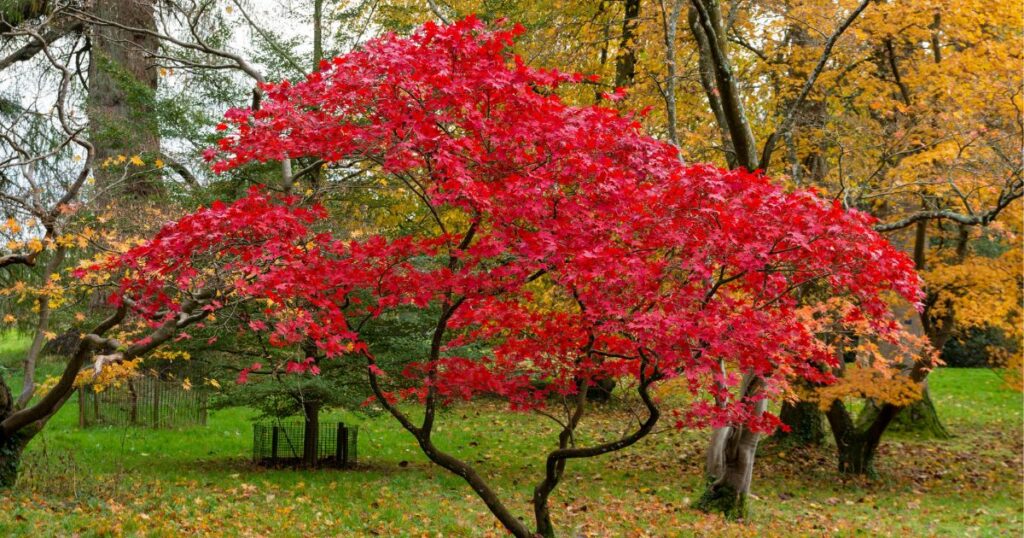
- Sunlight: Partial shade promotes steady, healthy growth. Too much sun can scorch leaves, slowing development.
- Soil Quality: Well-draining, nutrient-rich, 5 Essential Tips for Japanese Maple Leaf Scorch Treatment slightly acidic soil encourages faster root growth.
- Watering: Consistent moisture (not waterlogged) supports vigorous growth.
- Fertilisation: Light feeding in early spring with a balanced, slow-release fertiliser promotes yearly growth.
- Climate: Japanese maples grow best in cool, temperate climates; extreme heat or frost can reduce their growth rate.
Conclusion
Caring for an Acer tree is all about striking a balance, providing it with the right amount of sunlight, moisture, and protection while allowing it to grow naturally. With proper planting, watering, pruning, and seasonal maintenance, your Acer will reward you with vibrant foliage and graceful form year after year.Regular observation helps you catch early signs of stress, pests, or disease before they become serious. And when issues go beyond basic care, seeking professional help ensures your tree stays strong and healthy for decades.
Whether it’s a stunning Japanese maple in your garden or a tall red maple shading your yard, consistent care and attention will keep your Acer tree thriving as a true centrepiece of natural beauty through every season.
FAQ
How much sunlight does an Acer tree need?
Acer trees prefer partial shade, ideally with morning sunlight and afternoon shade. Too much direct sun, especially during hot summer afternoons, can cause leaf scorch.
What type of soil is best for Acer trees?
They thrive in well-drained, slightly acidic, and nutrient-rich soil. Steer clear of places with a lot of clay or soggy soil because these can cause root rot.
How often should I water my Acer tree?
Newly planted Acer trees require regular watering, approximately twice a week, especially during dry weather conditions. After it’s established, water deeply once a week, adjusting based on rainfall and temperature.
When is the best time to prune an Acer tree?
The ideal time to prune is late winter or early spring, before new growth begins. Avoid pruning in late summer or autumn, as this can stress the tree and lead to sap bleeding.
Why are the leaves on my Acer tree turning brown or curling?
This often occurs due to leaf scorch, which is caused by excessive sunlight, strong winds, or inconsistent watering. Adding mulch and ensuring proper shade can help prevent this issue.


